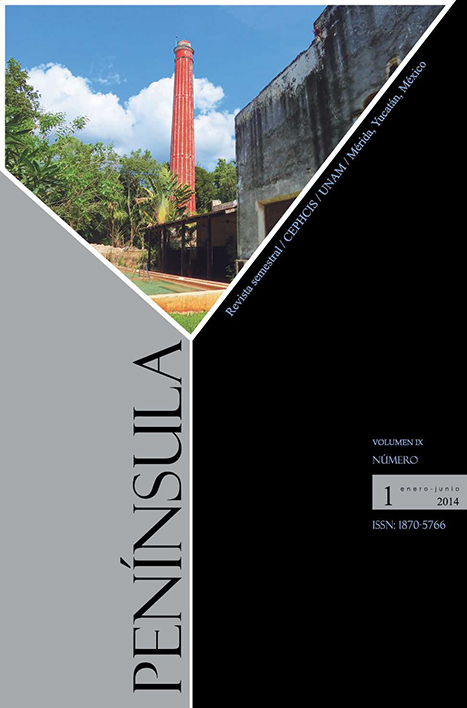EN LOS TIEMPOS DE ÑAUPA: EL CUERPO Y LA DEIXIS TEMPORAL EN LENGUAS ORIGINARIAS DE SUDAMÉRICA
Contenido principal del artículo
Resumen
La cultura moderna favorece la imagen convencional de un tiempo lineal, donde el hablante (ego) se representa de cara al futuro. El pasado es lo que queda atrás, a sus espaldas. La teoría semántica de las “metáforas conceptuales” sostiene que tal correspondencia entre el eje delante-detrás del cuerpo y las divisiones del tiempo obedece a principios naturales y universales, ya que normalmente miramos y marchamos hacia el frente. Desde tal perspectiva, el futuro es la meta hacia la cual nos dirigimos. Esto concuerda con una propensión ideológica, fundada en la idea del progreso ilimitado, que otorga primacía a la figura del “marchar hacia adelante”. El análisis de las nociones temporales de tres lenguas originarias de Sudamérica —quechua, aymara y toba— ofrece ejemplos que contradicen lo anterior, revitalizando la idea de que las concepciones del tiempo varían ampliamente de cultura en cultura.
Descargas
Detalles del artículo
Cómo citar
Bourdin, G. L. (2014). EN LOS TIEMPOS DE ÑAUPA: EL CUERPO Y LA DEIXIS TEMPORAL EN LENGUAS ORIGINARIAS DE SUDAMÉRICA. Península, 9(1). https://doi.org/10.1016/S1870-5766(14)70119-9
Citas en Dimensions Service
Universidad Nacional Autónoma de México (UNAM), todos los derechos reservados 2013-2013.


